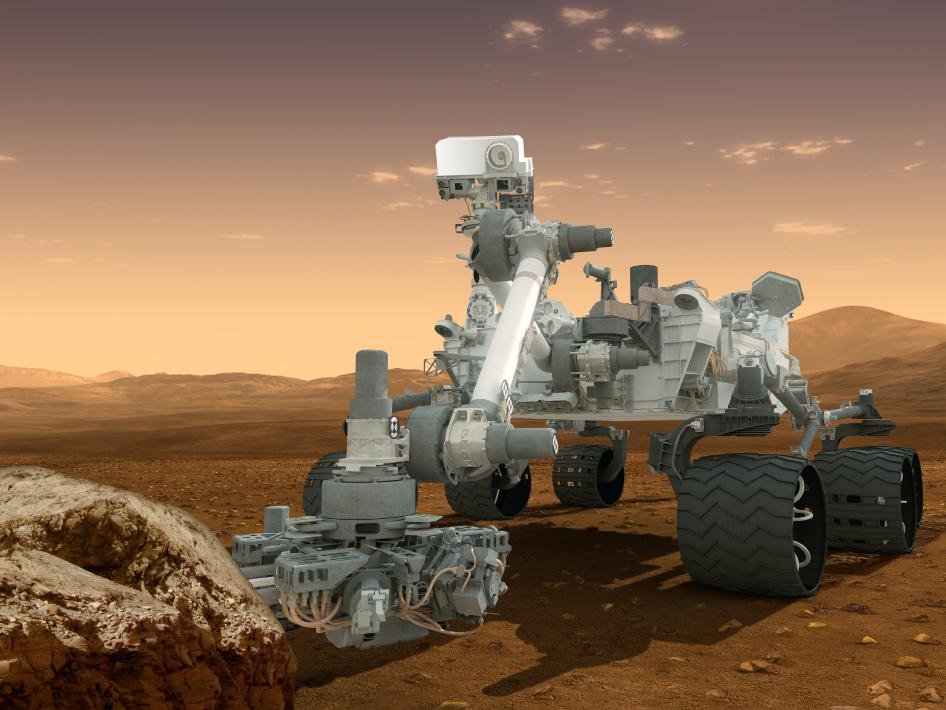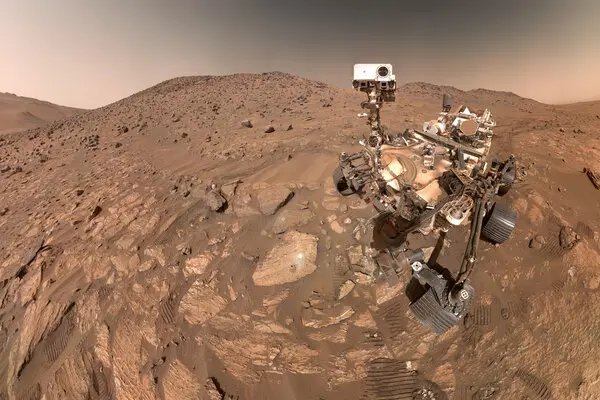NASA has once again captivated the scientific community and space enthusiasts worldwide with a groundbreaking revelation about the possibility of past life on Mars. For decades, researchers have speculated about whether the Red Planet once hosted living organisms. Now, NASA has provided new insights that shed light on this long-debated mystery. The latest findings not only clarify misconceptions but also bring humanity one step closer to understanding the history of Mars and its potential to support life.

Recent analyses of Martian soil samples, collected by the Perseverance rover, have provided compelling evidence of organic molecules that suggest the presence of life-sustaining conditions in Mars’s ancient past. Scientists at NASA’s Jet Propulsion Laboratory have meticulously studied these findings, confirming that certain chemical signatures resemble those found in fossilized remains on Earth. These results indicate that Mars may have once harbored microbial life or, at the very least, had the right environment to support it.
One of the key discoveries revolves around carbon-based compounds that are essential for life as we know it. These molecules, found in sedimentary rock formations, strongly suggest that ancient Mars had liquid water and a stable atmosphere—two critical factors for sustaining life. The discovery of these organic materials challenges previous skepticism and opens new doors for future exploration. NASA scientists emphasize that while these findings do not confirm past life, they do increase the likelihood that microbial organisms once thrived on Mars.

In addition to the discovery of organic molecules, NASA has also analyzed isotope ratios in the Martian atmosphere, which provide further evidence of past biological activity. Isotopic variations in carbon dioxide and methane suggest that ancient Mars experienced processes similar to those associated with microbial metabolism on Earth. This supports the theory that if life ever existed on the Red Planet, it might have followed evolutionary paths comparable to early life forms on Earth.
These revelations have far-reaching implications for the search for extraterrestrial life. If Mars once hosted life, it raises the possibility that life may be more common in the universe than previously thought. It also strengthens the case for upcoming missions, such as the Mars Sample Return program, which aims to bring Martian rock and soil samples back to Earth for detailed laboratory analysis. Future missions could provide conclusive proof of past Martian life, potentially altering our understanding of biology and the origins of life beyond Earth.

As NASA continues its exploration of Mars, the scientific community eagerly awaits further discoveries. These latest findings not only confirm that Mars was once a habitable world but also serve as a reminder of the vast mysteries that remain to be uncovered. The pursuit of knowledge about past life on Mars is far from over, and with each new mission, humanity moves closer to answering one of the most profound questions: Are we alone in the universe?
